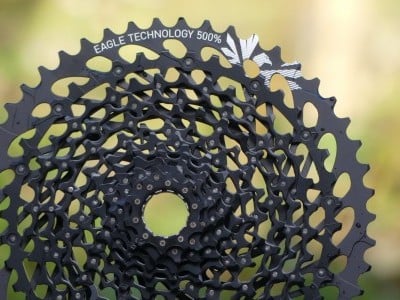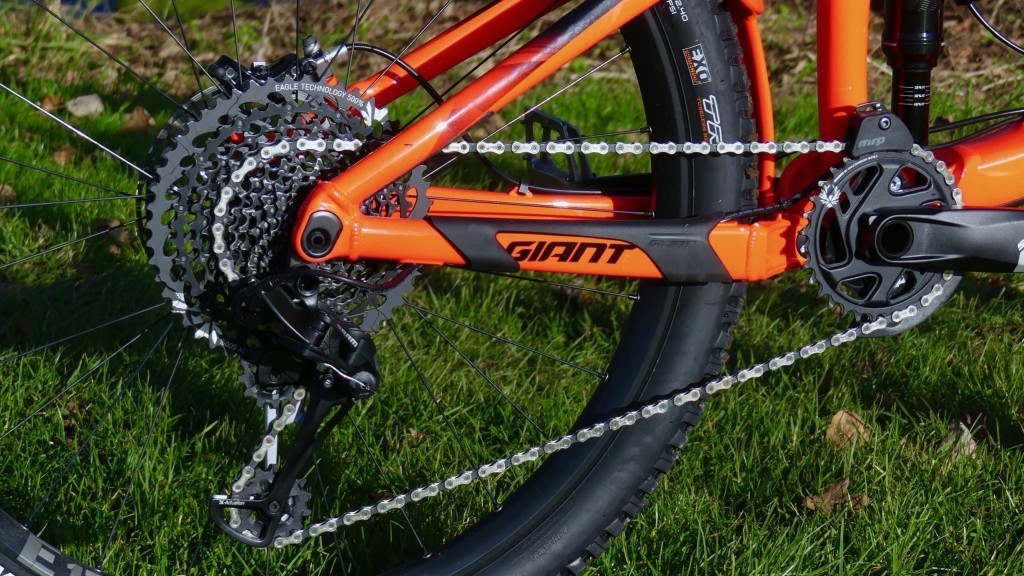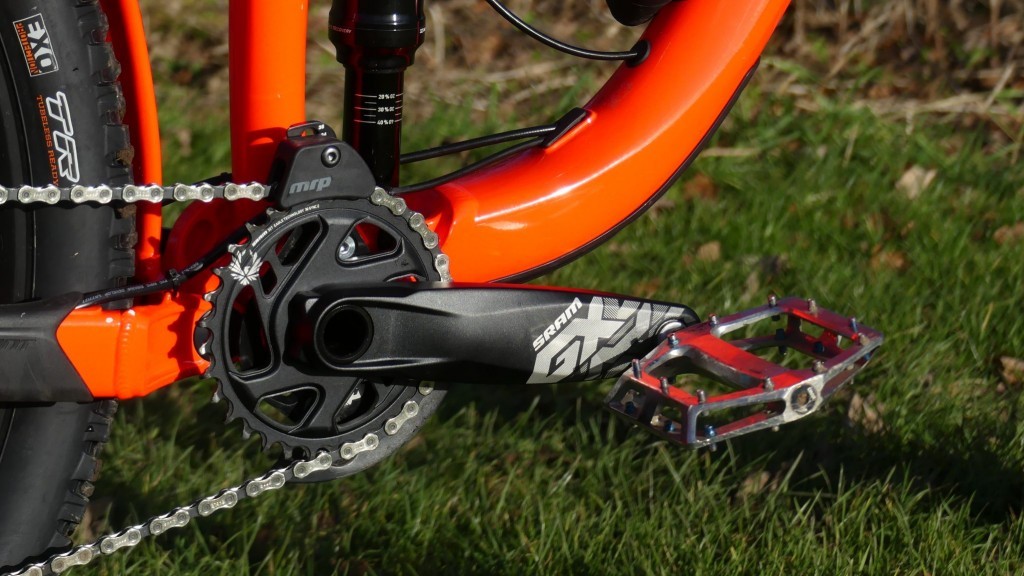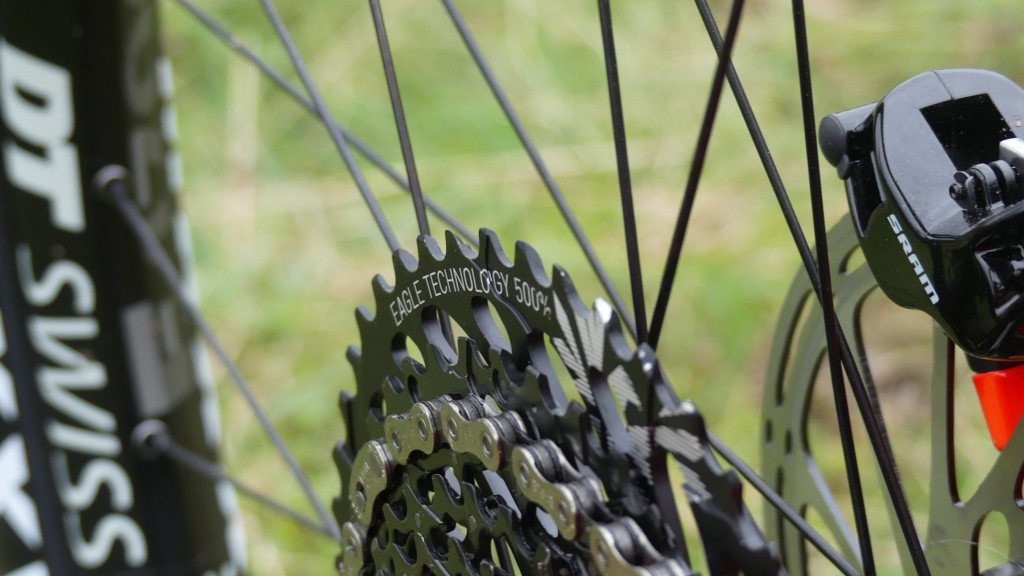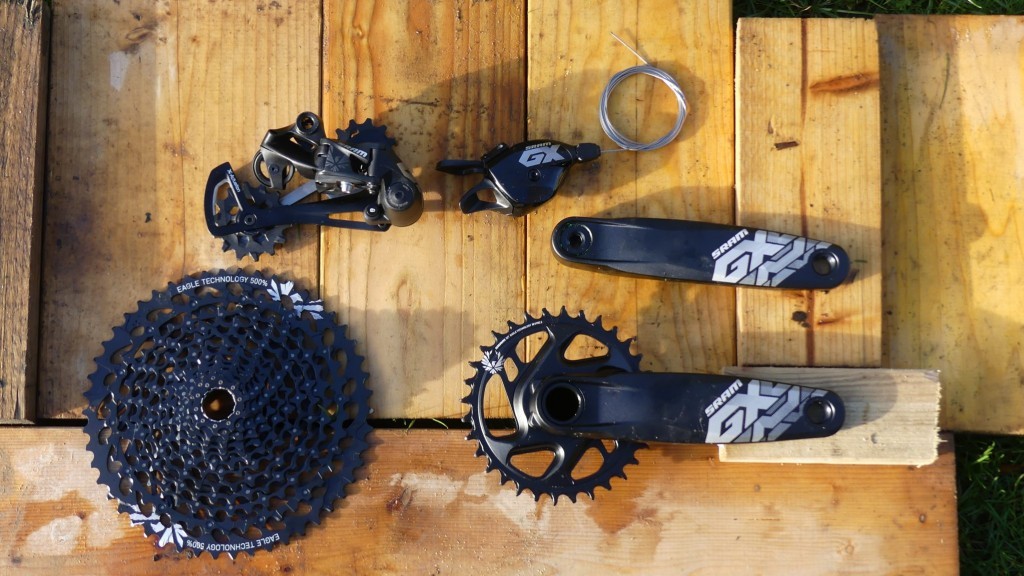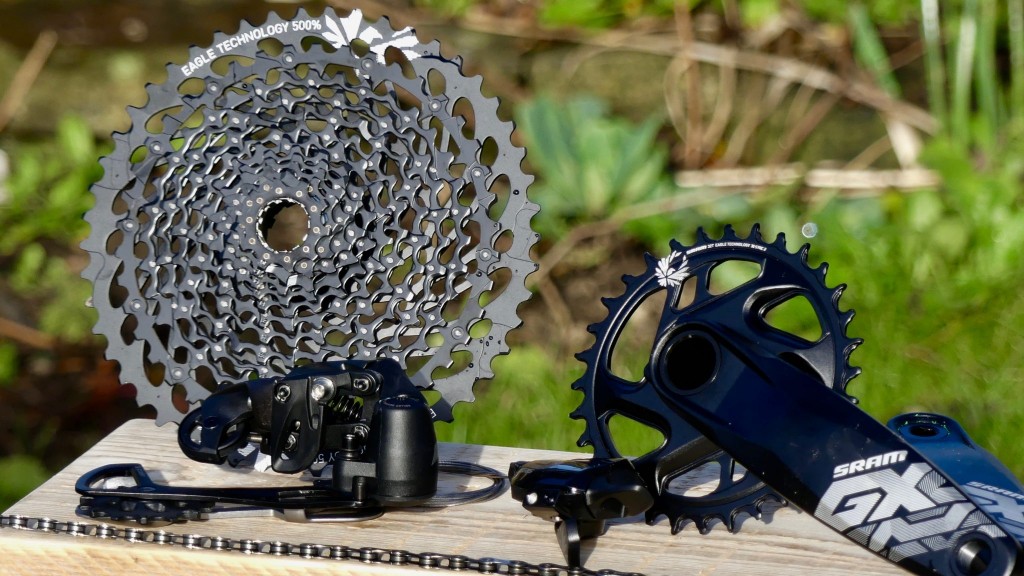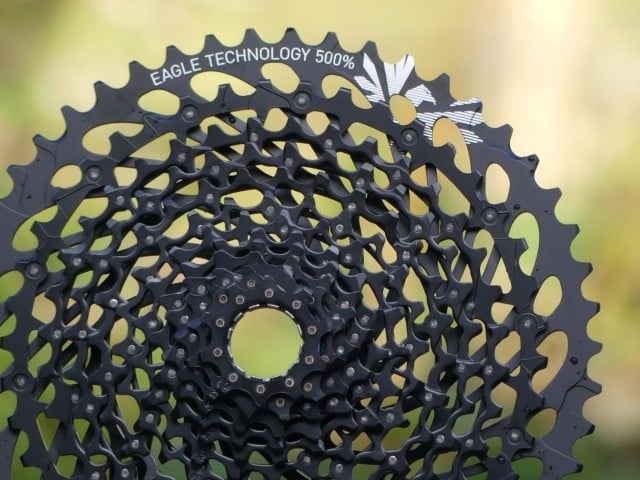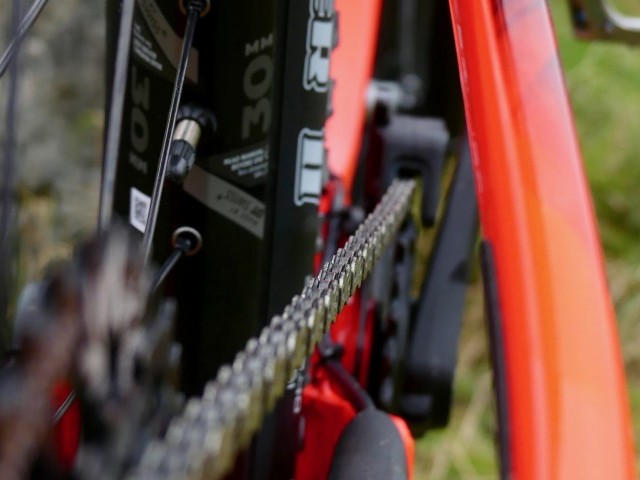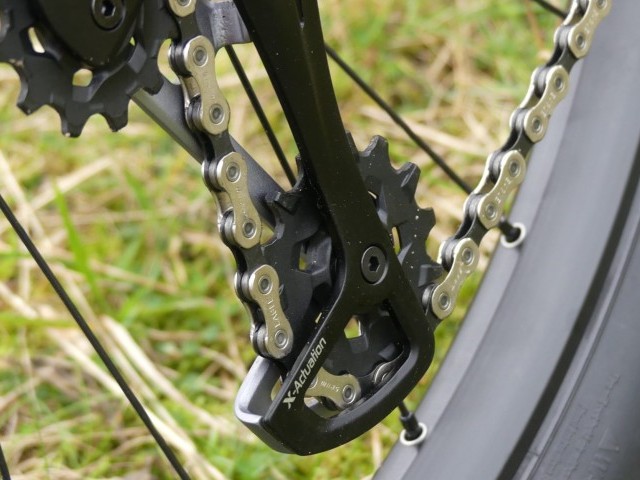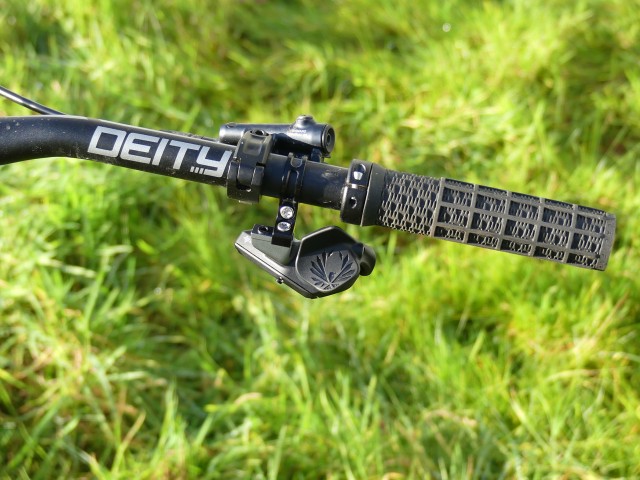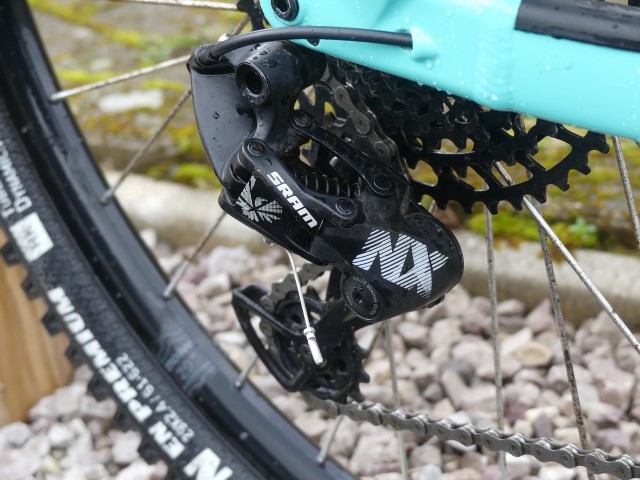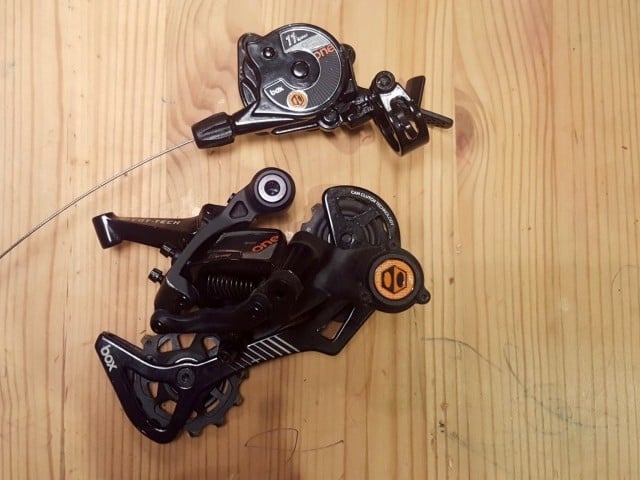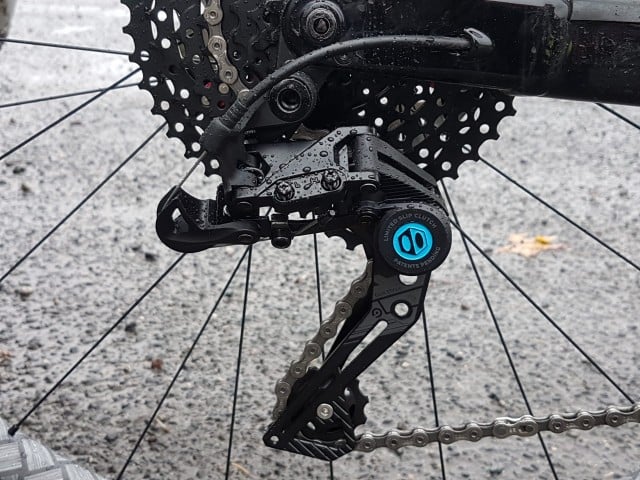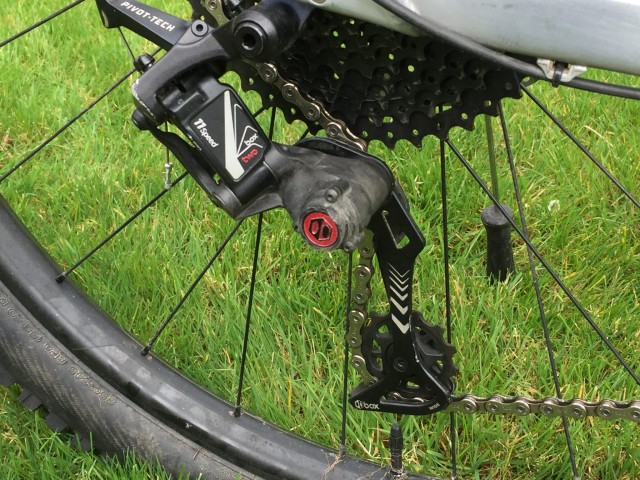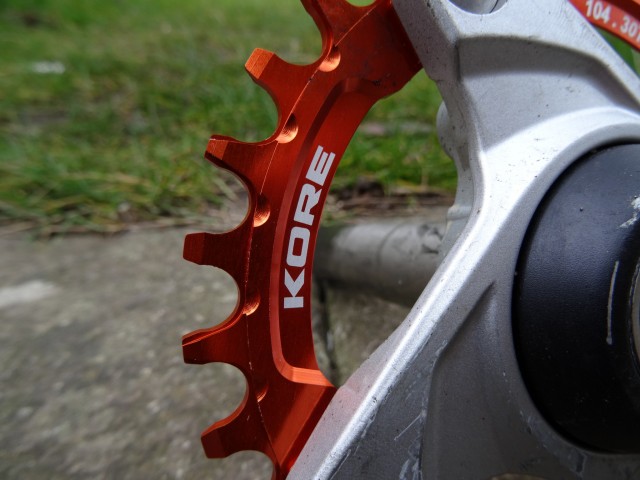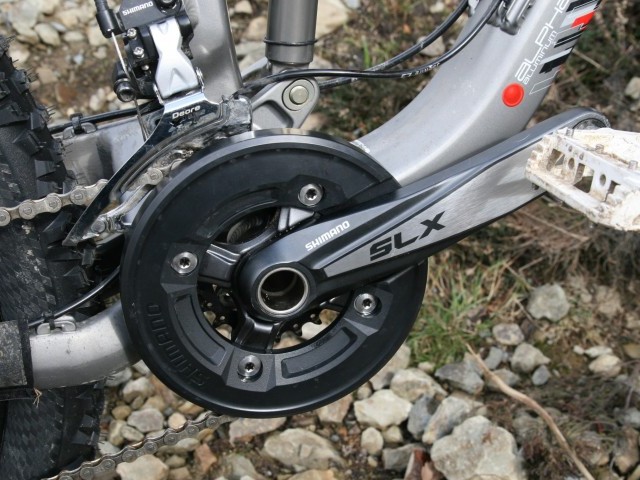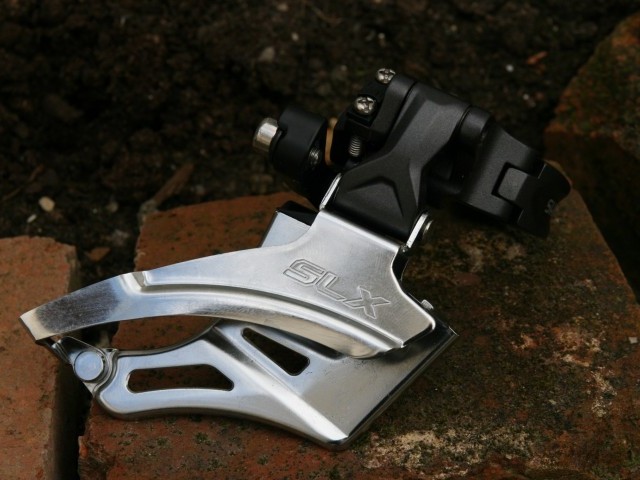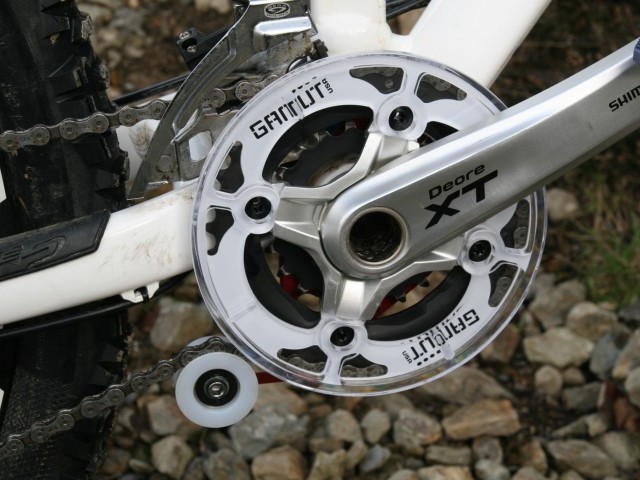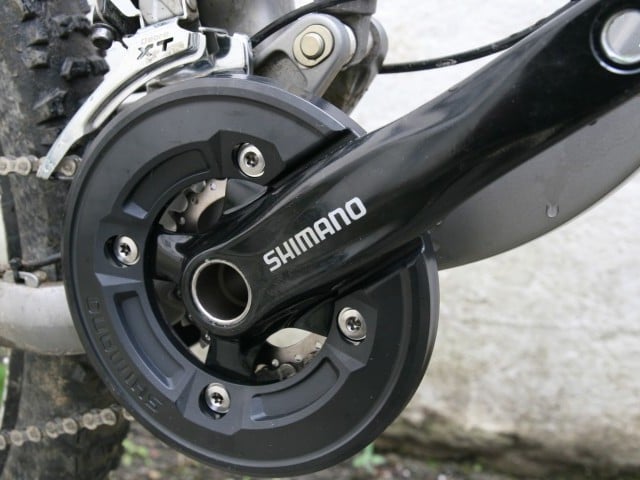At A Glance
Before Eagle even made its first squawk, there were rumours of its arrival. There was the talk of a 12-speed drivetrain with a huge range of gears, and a dinner plate sized cassette. For many, this was laughed off as a hoax, while others, already enjoying the freedom of a one-by drivetrain held on in hope.
Buy Drivetrain on
When the Eagle did finally land (sorry!), it was bold, brash and uncomfortably expensive. It offered a 500% spread from 10 teeth to 50 teeth and claimed to eliminate the need for any pesky front derailleur. Fast forward a few years and 2017 sees the arrival of the latest in trickle down technology in the form of GX Eagle. We've seen how good the lower end components from SRAM have been in the standard GX and NX kit, so hopes were high for the Eagle equivalent.
GX features the same mega-range cassette which gives the huge range of gearing but has been constructed in a more affordable package and riveted together rather than machined from one piece. Obviously, there is a weight penalty, but the cost is now halved.
The rear mech is adapted from the more expensive versions and features the same large lower jockey wheel and long cage to accommodate the wide range of gears. It has the type three clutch to keep the chain tension high and safely in place on the teeth. It also has the funky cage lock to keep the mech out the way when taking the wheel out. At more than fifty percent cheaper and only a few grams heavier, this immediately looks like a winner.
The Shifter will be familiar to SRAM users and features two thumb paddles to actuate the gears. Downshifts are available by the handful, but upshifts are limited to one at a time. It may feature bushings rather than bearings and plastic rather than carbon, but again, it'll save you a hundred quid!
Driving the whole thing forward are the cranks and chainring, which are forged aluminium and come in the standard three lengths, 165, 170 and 175mm. The chainring is mounted in a direct style, with three bolts on the backside of the crank giving a very clean look and making changing chainrings easy. What is special with all the Eagle range is the X-Sync chain ring tooth design, which has aggressive and hooked shaped teeth to keep the chain in place. Chainrings are also available in oval and have options for boost spacing to keep the chain line in order.
On The Trail
Installation of the groupset is straightforward; the only considerations are needing a SRAM freehub body and making sure the bottom bracket is compatible. Furthermore, with the advent of boost spacing, getting the right chainring offset is important to preserve the chain line.
The Shifter will match nicely with a SRAM brake mount, or can be clamped separately. If you're into it, then there is also the option of a grip-shift shifter, but we won't hold that against you. Rear mech installation is standard, and once the cranks are bolted on, it's nearly good to go. The chain for the GX is a cheaper model than it's posher siblings but works the same and has a Powerlock link that makes it easy to snap into place.
What takes a little more time is the final set up of the gears. The days of minimal rear gears and room for error have gone, and setting up 12 gears to work perfectly requires a little more patience and finesse. A bike stand and attention to detail pay off here. Only a small change in cable tension can throw things out of whack. Once sorted though, it's all good.
Now I've been on plenty of bikes this year with the GX Eagle installed as brands have been falling over themselves to spec their bikes in cost-effective shifting systems. As a rider who spends most of the year in wet, muddy and rocky conditions, I am not a huge primadonna when it comes to perfect shifting. What I crave is reliability and robust construction, which is what I get from GX. Couple the wet, grimy conditions with rocks that regularly smash delicate derailleurs into fine pieces and the cost of GX makes a ride out instantly more relaxing.
The shifting process is precise, and the action is pretty light on the downward thumb, and for me perhaps a little too light when the going gets rough. Upshifts are 'clicky', reassuring and despite not being able to hit multiple gears in one push, rapid clicks do the job as fast as your thumb can move.
The range of gears is the real winner for Eagle, and with a 32 tooth chainring, I have pretty much all the gears I could need. If I can't push 32 to 50 ratio, I may as well walk. The tiny ten tooth allows for spinning out down a road if necessary, but I rarely feel the need for those sorts of gears off-road.
Chain retention is excellent, with a balance of X Sync teeth and the Type 3 Clutch holding everything in place. I'm happy running the set up without a chain guide, but I've learnt from experience that in a race scenario it's always best to be belt and braces with these things.
Although the cranks may not be hollow forged or carbon, they are stiff, and as far as the pedalling experience goes they can happily put the power down through the back wheel.
The wear rate for all the GX systems I've used has been good, with no noticeable drop in performance over time. Sure, those chains may not last like an 8 speed from two decades ago, but for the benefits of the huge range, it's definitely worth it. When Eagle was launched, there was no way the average rider would consider running it on their bike, but with the cost implications drastically reduced, it's now within the realms of normal riders.
There are other ways to get the ratios on offer here with aftermarket cassettes and range expanders, but they don't offer the same reliable shifting experience delivered by GX Eagle. I suppose it doesn't take a genius to guess that SRAM won't stop at GX, and that eagle is here to stay and will one day be the norm for the SRAM range.
Overall
Once the pretentious jewellery of the elite, GX brings Eagle towards the masses with very little reduction in actual ride experience. Add a few grams, but save enough money for a holiday, it's an easy choice. As they say, the front derailleur is dead, and GX is yet another nail in the coffin.
Buy Drivetrain on
This review was in Issue 51 of IMB.
For more information visit SRAM MTBRelated
By Ewen Turner
Ewen Turner is a self-confessed bike geek from Kendal in the Lake District of England. He runs a coaching and guiding business up there and has a plethora of knowledge about bikes with an analytical approach to testing. His passion for bicycles is infectious, and he’s a ripper on the trails who prefers to fit his working life around his time on the bike.


